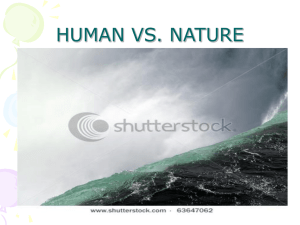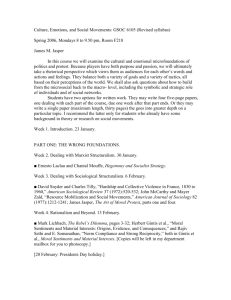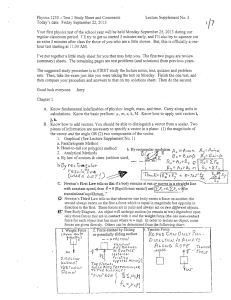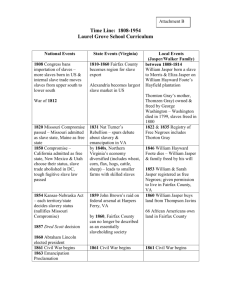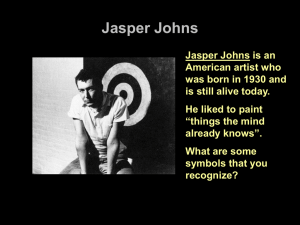A Condensed History of Photographers in Jasper National Park
advertisement
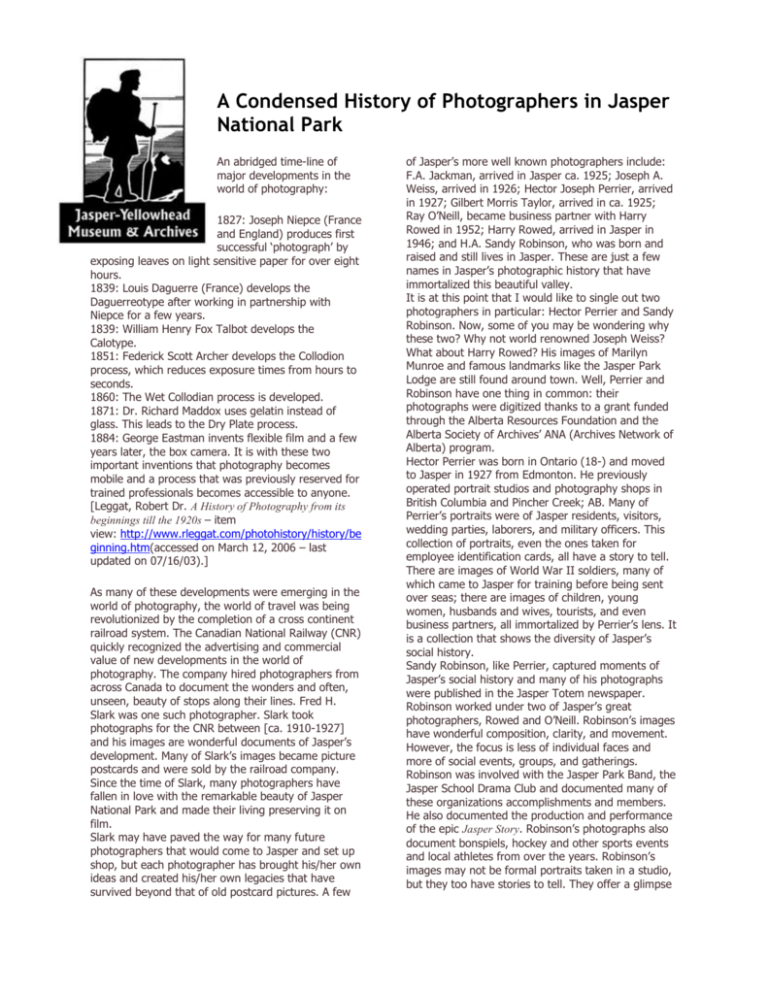
A Condensed History of Photographers in Jasper National Park An abridged time-line of major developments in the world of photography: 1827: Joseph Niepce (France and England) produces first successful ‘photograph’ by exposing leaves on light sensitive paper for over eight hours. 1839: Louis Daguerre (France) develops the Daguerreotype after working in partnership with Niepce for a few years. 1839: William Henry Fox Talbot develops the Calotype. 1851: Federick Scott Archer develops the Collodion process, which reduces exposure times from hours to seconds. 1860: The Wet Collodian process is developed. 1871: Dr. Richard Maddox uses gelatin instead of glass. This leads to the Dry Plate process. 1884: George Eastman invents flexible film and a few years later, the box camera. It is with these two important inventions that photography becomes mobile and a process that was previously reserved for trained professionals becomes accessible to anyone. [Leggat, Robert Dr. A History of Photography from its beginnings till the 1920s – item view: http://www.rleggat.com/photohistory/history/be ginning.htm(accessed on March 12, 2006 – last updated on 07/16/03).] As many of these developments were emerging in the world of photography, the world of travel was being revolutionized by the completion of a cross continent railroad system. The Canadian National Railway (CNR) quickly recognized the advertising and commercial value of new developments in the world of photography. The company hired photographers from across Canada to document the wonders and often, unseen, beauty of stops along their lines. Fred H. Slark was one such photographer. Slark took photographs for the CNR between [ca. 1910-1927] and his images are wonderful documents of Jasper’s development. Many of Slark’s images became picture postcards and were sold by the railroad company. Since the time of Slark, many photographers have fallen in love with the remarkable beauty of Jasper National Park and made their living preserving it on film. Slark may have paved the way for many future photographers that would come to Jasper and set up shop, but each photographer has brought his/her own ideas and created his/her own legacies that have survived beyond that of old postcard pictures. A few of Jasper’s more well known photographers include: F.A. Jackman, arrived in Jasper ca. 1925; Joseph A. Weiss, arrived in 1926; Hector Joseph Perrier, arrived in 1927; Gilbert Morris Taylor, arrived in ca. 1925; Ray O’Neill, became business partner with Harry Rowed in 1952; Harry Rowed, arrived in Jasper in 1946; and H.A. Sandy Robinson, who was born and raised and still lives in Jasper. These are just a few names in Jasper’s photographic history that have immortalized this beautiful valley. It is at this point that I would like to single out two photographers in particular: Hector Perrier and Sandy Robinson. Now, some of you may be wondering why these two? Why not world renowned Joseph Weiss? What about Harry Rowed? His images of Marilyn Munroe and famous landmarks like the Jasper Park Lodge are still found around town. Well, Perrier and Robinson have one thing in common: their photographs were digitized thanks to a grant funded through the Alberta Resources Foundation and the Alberta Society of Archives’ ANA (Archives Network of Alberta) program. Hector Perrier was born in Ontario (18-) and moved to Jasper in 1927 from Edmonton. He previously operated portrait studios and photography shops in British Columbia and Pincher Creek; AB. Many of Perrier’s portraits were of Jasper residents, visitors, wedding parties, laborers, and military officers. This collection of portraits, even the ones taken for employee identification cards, all have a story to tell. There are images of World War II soldiers, many of which came to Jasper for training before being sent over seas; there are images of children, young women, husbands and wives, tourists, and even business partners, all immortalized by Perrier’s lens. It is a collection that shows the diversity of Jasper’s social history. Sandy Robinson, like Perrier, captured moments of Jasper’s social history and many of his photographs were published in the Jasper Totem newspaper. Robinson worked under two of Jasper’s great photographers, Rowed and O’Neill. Robinson’s images have wonderful composition, clarity, and movement. However, the focus is less of individual faces and more of social events, groups, and gatherings. Robinson was involved with the Jasper Park Band, the Jasper School Drama Club and documented many of these organizations accomplishments and members. He also documented the production and performance of the epic Jasper Story. Robinson’s photographs also document bonspiels, hockey and other sports events and local athletes from over the years. Robinson’s images may not be formal portraits taken in a studio, but they too have stories to tell. They offer a glimpse of Jasper locals in candid moments; a slice of local life. Many of the images in these two collections remain unsolved mysteries or unknown occasions, but they are still relevant graphic records of our history as a community. The Jasper Yellowhead Museum and Archives, as guardians of these and other such collections, is committed to preserving these records and the stories that go with them. Thanks to the continuing developments in photographic history, these images have been digitized and made available on line at www.archivesalberta.org as part of the InSight database and will be available by the end of March for your viewing pleasure. Perhaps you may be able to help us complete some of these stories by identifying a person, correcting a name, or date, or sharing your connection to another Jasper story, or perhaps you just enjoy looking at old photographs. It is for all of these reasons that you, the public and the community of Jasper, make our work at the Jasper Yellowhead Museum and Archives feel worthwhile. Thank-you, Jasper, for your continued support and take the time to enjoy the work of some of Jasper’s great photographers. For more information or reproductions or donations call the Jasper Yellowhead Museum Archives at (780) 852-3013
